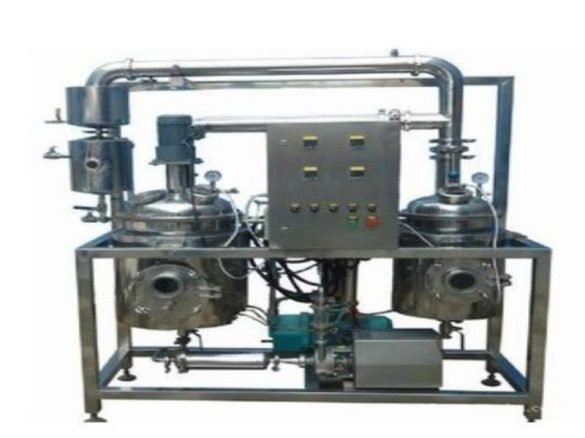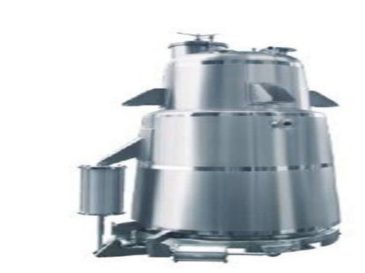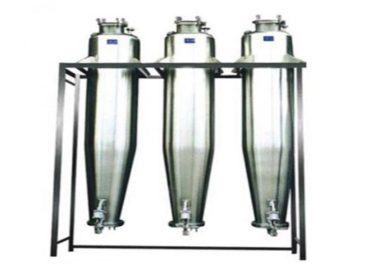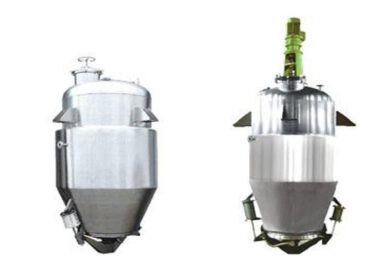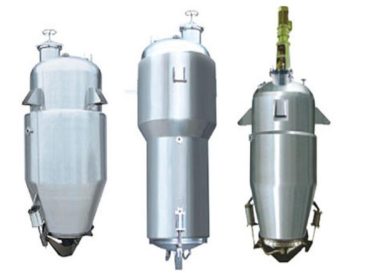Through the above analysis, we know that the evaporation capacity of the concentrator is the main factor affecting the reflux volume in hot reflux extraction. Based on the above analysis, we carried out the following retrofits:
(1) Since the heating area of the heater is fixed, it is difficult to increase the area, and a too large heater is uneconomical in terms of cost and floor space. Therefore, when the material and area of the heater are fixed, the only consideration is the temperature difference between the heating steam and the extraction concentrate. As the application pressure of the heating steam is fixed (i.e., the maximum temperature of the heating steam is fixed), reducing the boiling point of the concentrate becomes the only option. This means that vacuum concentration must be adopted to improve the evaporation capacity of the concentrator. However, since the process uses atmospheric pressure extraction, vacuum concentration requires intermittent reflux of the condensate to the extraction tank, thus requiring the addition of a concentrate condensate storage tank.
(2) For the problem that the middle-upper heating tubes of the concentration heater are vaporized due to the heated liquid and the too small cross-sectional area of the circulation pipe affects the utilization rate of the heating area, we referred to various materials and adopted the bottom-mounted natural circulation evaporator method and the method of increasing the diameter of the circulation pipe. That is, the two main components of the evaporator, the heater and the vapor-liquid separator, are respectively arranged at the bottom and the top. Considering that the heated liquid should rise easily and the liquid should have a high static pressure in the pipe to raise the boiling point and prevent vaporization during flow in the heating pipe, the heater is installed at an angle of about 20°, which is also conducive to the drainage of steam condensate.
After the above retrofits, the evaporation capacity of the concentration evaporator has been greatly improved. According to normal operation, concentration can usually start about one hour after the extraction liquid boils, and the volatile reflux volume can reach about 5m³ within 4 hours, ensuring a continuous high-concentration gradient between the extracted drug and the liquid, thus ensuring that the effective components of the drug can be precipitated at a high rate. In this way, from feeding to extraction and concentration, the operation of one batch of feeding can be completed within one shift, which is closely in line with the production shift.
Generally, the operation of one batch of feeding can be completed within one shift, which is closely consistent with the production shift.
